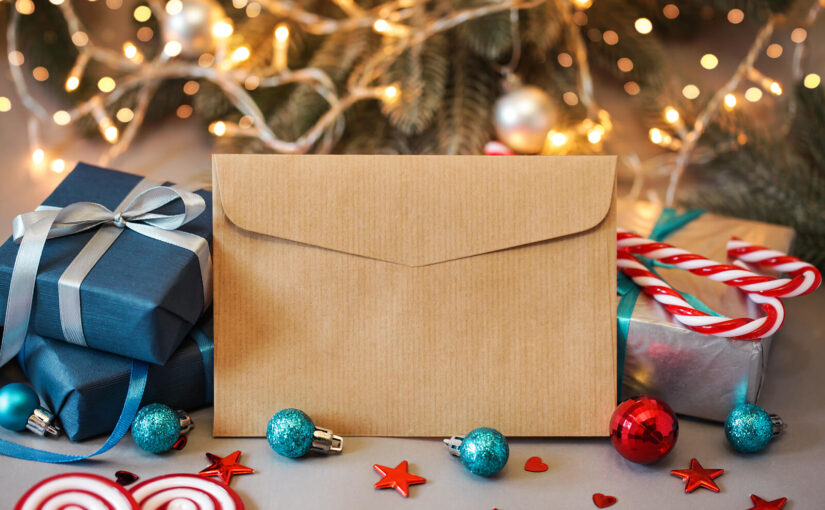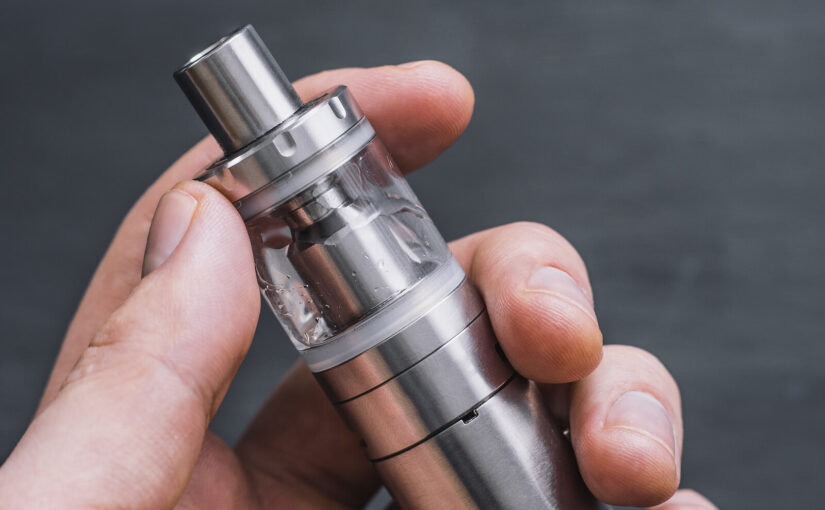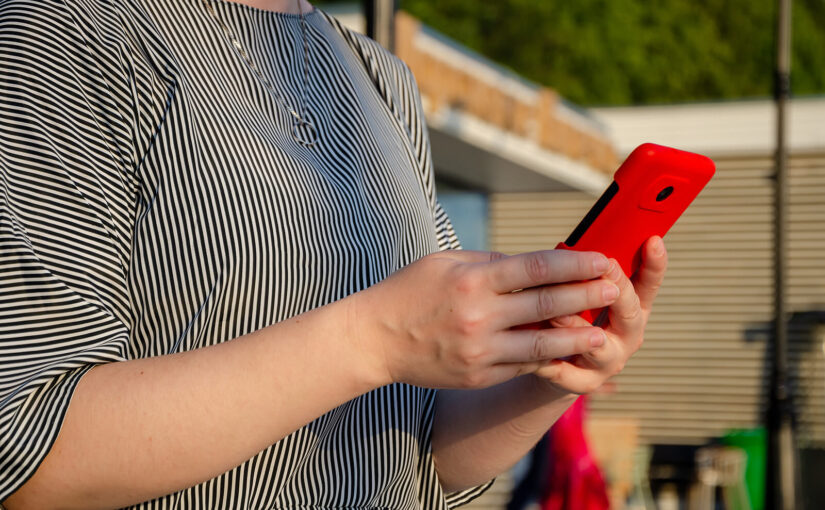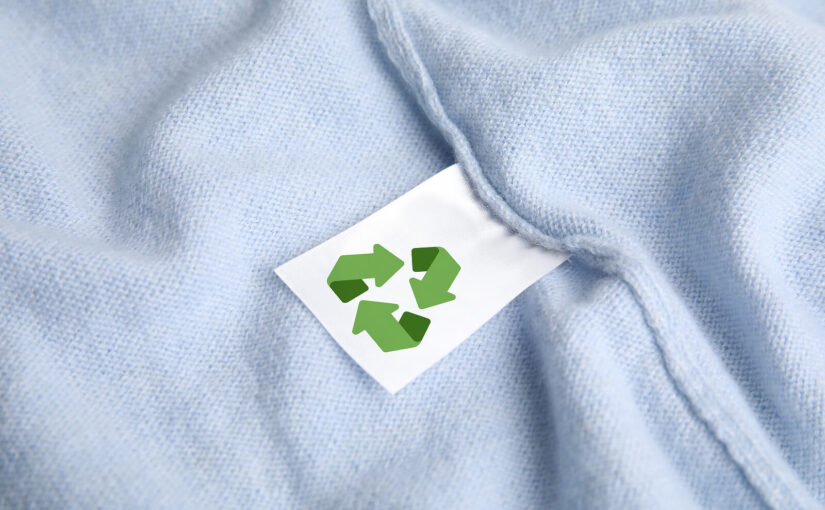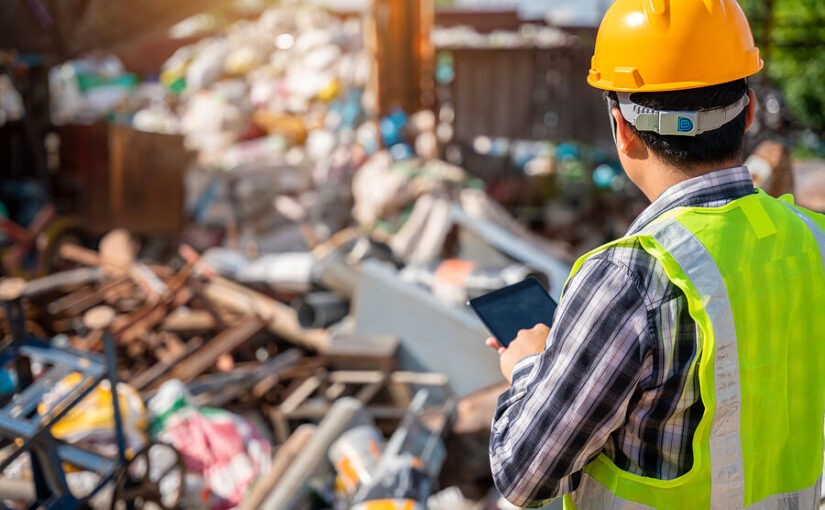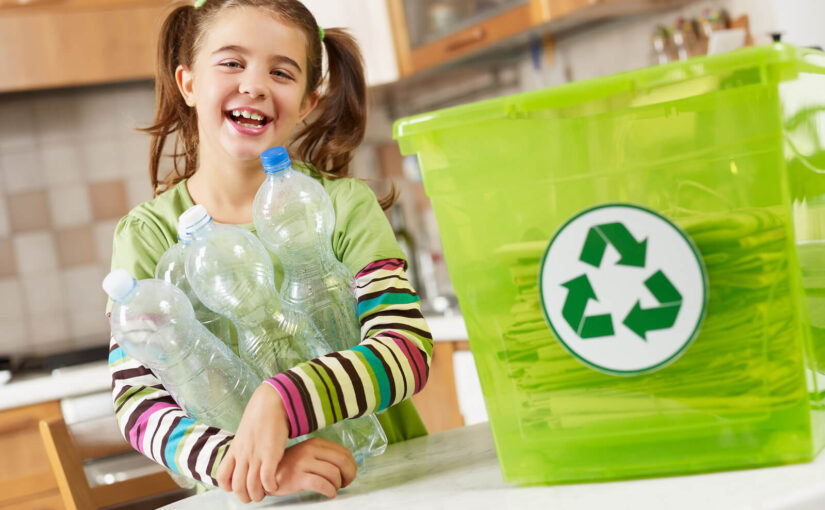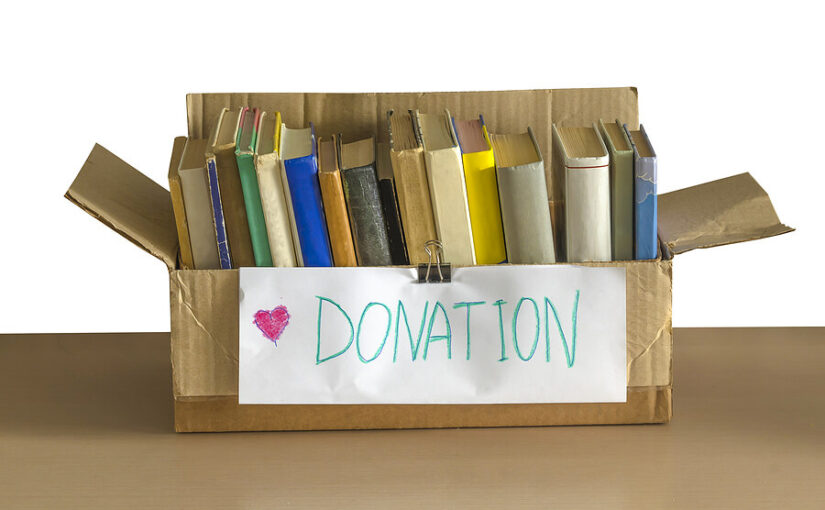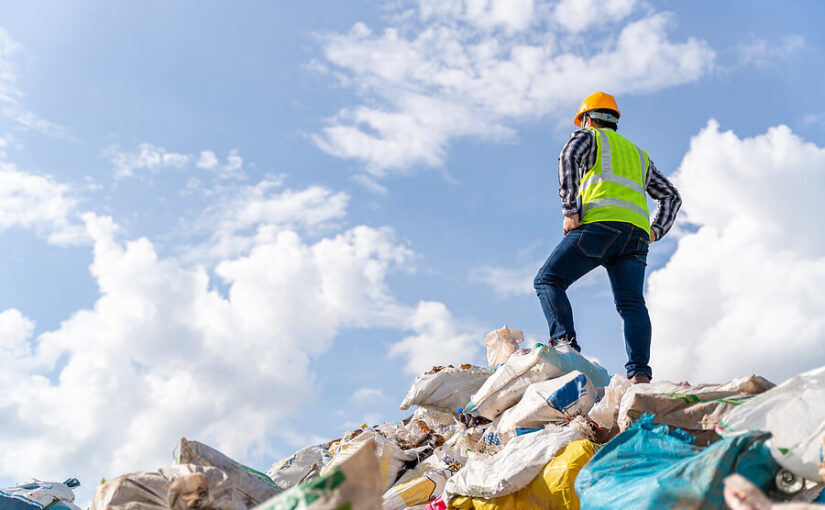Even in today’s digital era, Christmas cards remain a thriving tradition, with the UK alone witnessing the exchange of approximately one billion cards over the festive season.
Surprisingly, the younger generation is championing this custom, sending more cards than their older counterparts. With such numbers, it’s clearly a tradition that’s here to stay.
However, this annual exchange delivers an environmental consideration. With so many cards and envelopes being distributed every December, the aftermath involves managing over two billion pieces of waste. How we handle this waste can significantly impact our planet.
Let’s explore the importance of disposing of Christmas cards responsibly and unearth actionable ways to reuse and recycle this seasonal waste.
